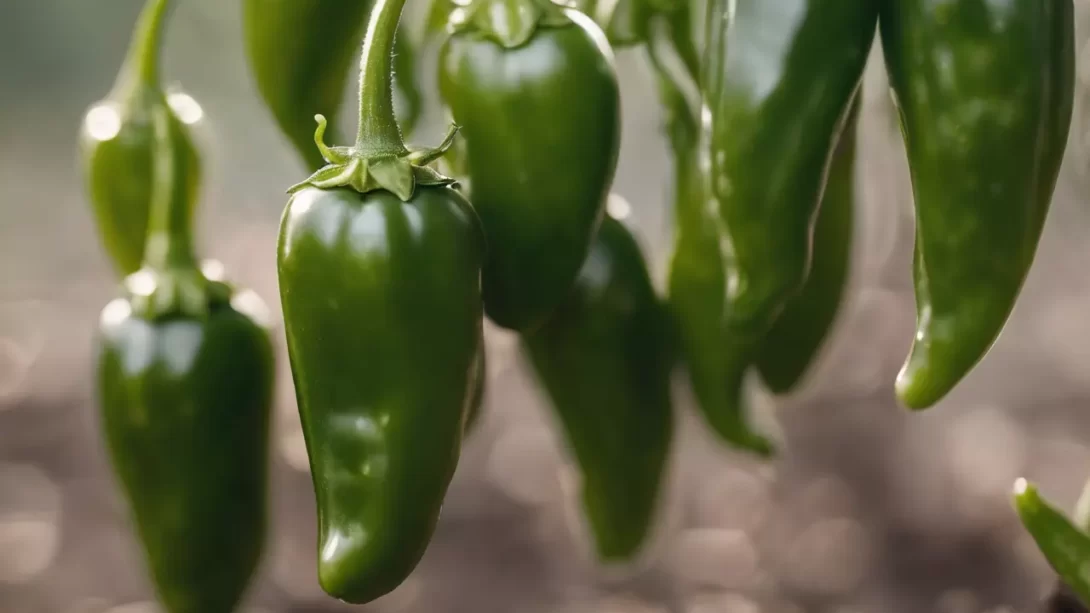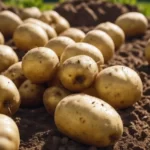Jalapeno peppers are widely cherished for their perfect balance of heat and flavor, making them a favorite in many culinary dishes. However, gardeners sometimes face the puzzling situation where their homegrown jalapenos lack the expected spiciness. This article delves into why some jalapenos may not develop their characteristic heat and what factors could be influencing this.
The Heat in Jalapenos
The heat or spiciness of jalapenos and other chili peppers is due to capsaicin, a chemical compound concentrated primarily in the seeds and inner membranes of the pepper. The capsaicin level, and thus the pepper’s heat, is measured in Scoville Heat Units (SHU). A variety of factors can influence a jalapeno’s capsaicin content, ranging from genetics to environmental conditions.
Genetic Factors
Genetics play a crucial role in determining the heat level of jalapenos. There are numerous varieties of jalapeno peppers, and each has a genetically predetermined range of spiciness. Some varieties are bred to be milder, while others are known for their intense heat. If your jalapenos are not as hot as expected, it might be due to the specific variety you have planted. It’s essential to understand the genetic background of the seeds or plants you’re growing to set realistic expectations for their heat levels.
Environmental and Growing Conditions
The environment in which jalapenos are grown significantly affects their spiciness. Factors such as temperature, sunlight exposure, and soil conditions play a part in capsaicin development. Generally, jalapenos grown in hotter, sunnier conditions tend to be spicier. This is because capsaicin production is often a plant’s response to stress, and higher temperatures can stress the plants in a way that increases capsaicin concentration.
Soil quality and composition also impact the heat of jalapenos. Soil that is well-draining and rich in nutrients supports the overall health of the pepper plants, which can influence capsaicin production. The pH level of the soil can also play a role; slightly acidic to neutral pH is ideal for growing jalapenos.
Watering and Fertilization Practices
The way jalapeno plants are watered and fertilized can have a significant impact on their heat level. Over-watering can dilute the capsaicin in the peppers, leading to milder flavors. It’s essential to maintain a balance, providing enough water for plant health while allowing the soil to dry out slightly between waterings.
Fertilization practices also play a crucial role. An excess of nitrogen, often found in general-purpose fertilizers, can lead to lush foliage but can also result in a reduction of capsaicin production, yielding milder peppers. To encourage hotter jalapenos, use a fertilizer with a balanced or lower nitrogen content and higher levels of phosphorus and potassium, which support fruit development and health.
Harvesting Time
The stage at which jalapenos are harvested can greatly influence their heat. Jalapenos develop more capsaicin as they mature. Therefore, allowing the peppers to remain on the plant longer can result in spicier peppers.
Jalapenos typically start green and can turn red if left on the plant long enough. As they transition to a red color, they usually become hotter and also sweeter. Experimenting with different harvesting times can help you find the perfect balance of flavor and heat for your taste.
Stress Factors
Interestingly, introducing certain stress factors to jalapeno plants can increase their capsaicin content, thus making the peppers hotter. This can include practices like moderating water just enough to stress the plant without harming it, or exposing the plant to higher temperatures.
However, it’s crucial to approach this method carefully, as too much stress can harm the plant and reduce overall yield. Controlled stress should be applied thoughtfully, monitoring the plant’s response to ensure its health is not compromised.
Troubleshooting Common Issues
Occasionally, despite best efforts, jalapenos may still turn out milder than expected. In such cases, review your gardening practices. Are the plants receiving enough sunlight? Could they be over-watered or over-fertilized? Ensuring that the plants have optimal growing conditions is key to achieving the desired heat level.
Also, consider the possibility of cross-pollination if you are growing different varieties of peppers close to each other. Cross-pollination can sometimes affect the heat of the peppers, although this typically influences the next generation of plants grown from these seeds.
Exploring Different Varieties
If you consistently struggle with achieving the desired heat in your jalapenos, it might be worthwhile to try different varieties. Some varieties are specifically bred for higher capsaicin levels and might offer the spiciness you’re seeking. Researching and experimenting with various types can be both fun and rewarding.
Conclusion
The heat level in jalapenos can be influenced by a range of factors from genetics to environmental conditions, watering, fertilization, and harvesting time. Understanding and optimizing these factors can significantly enhance the spiciness of your peppers. Remember, gardening is a learning process, and each growing season offers new opportunities to improve and experiment. With patience and attention to detail, you can cultivate jalapenos that meet your heat preferences and add a flavorful kick to your culinary creations.




